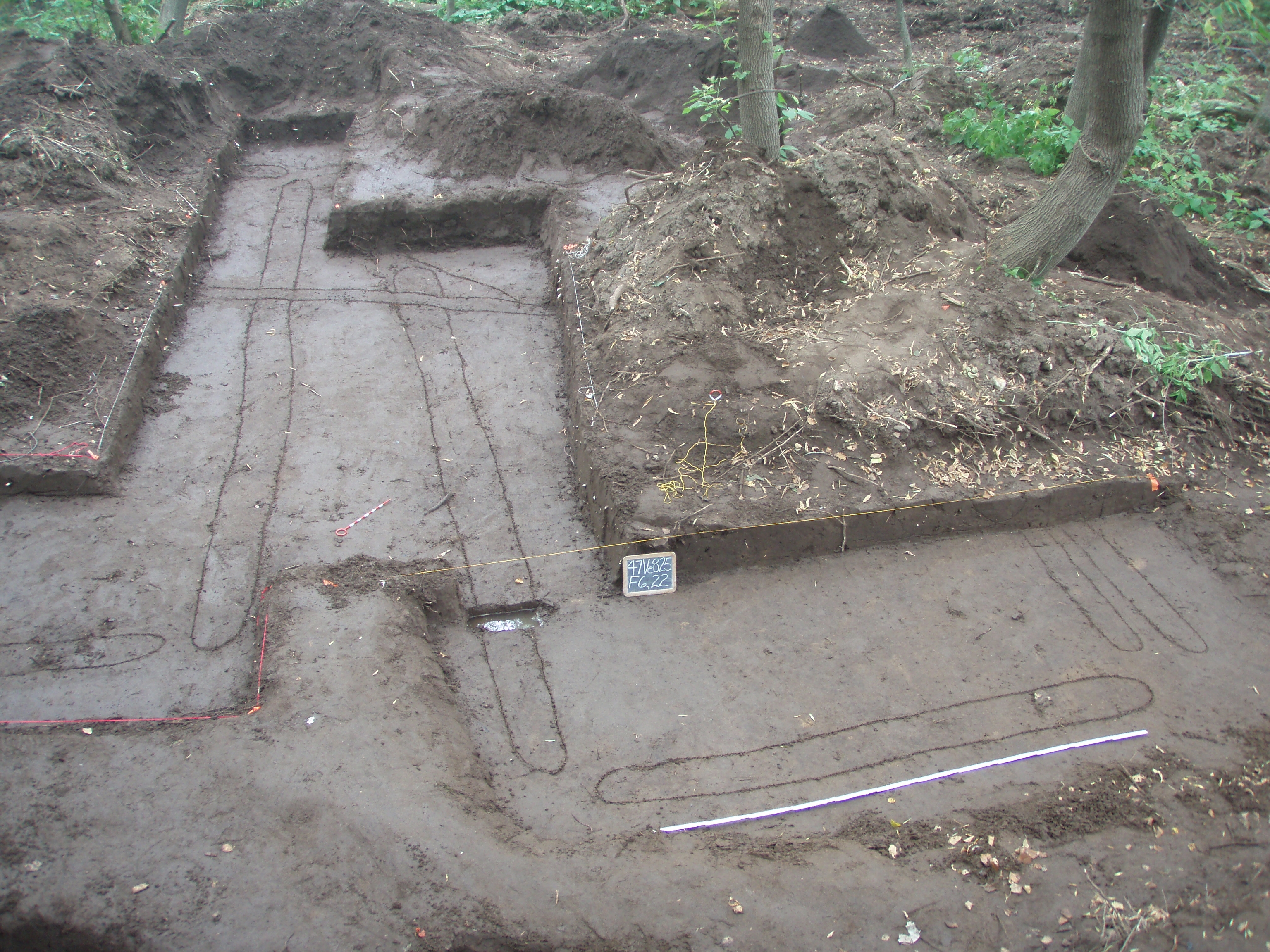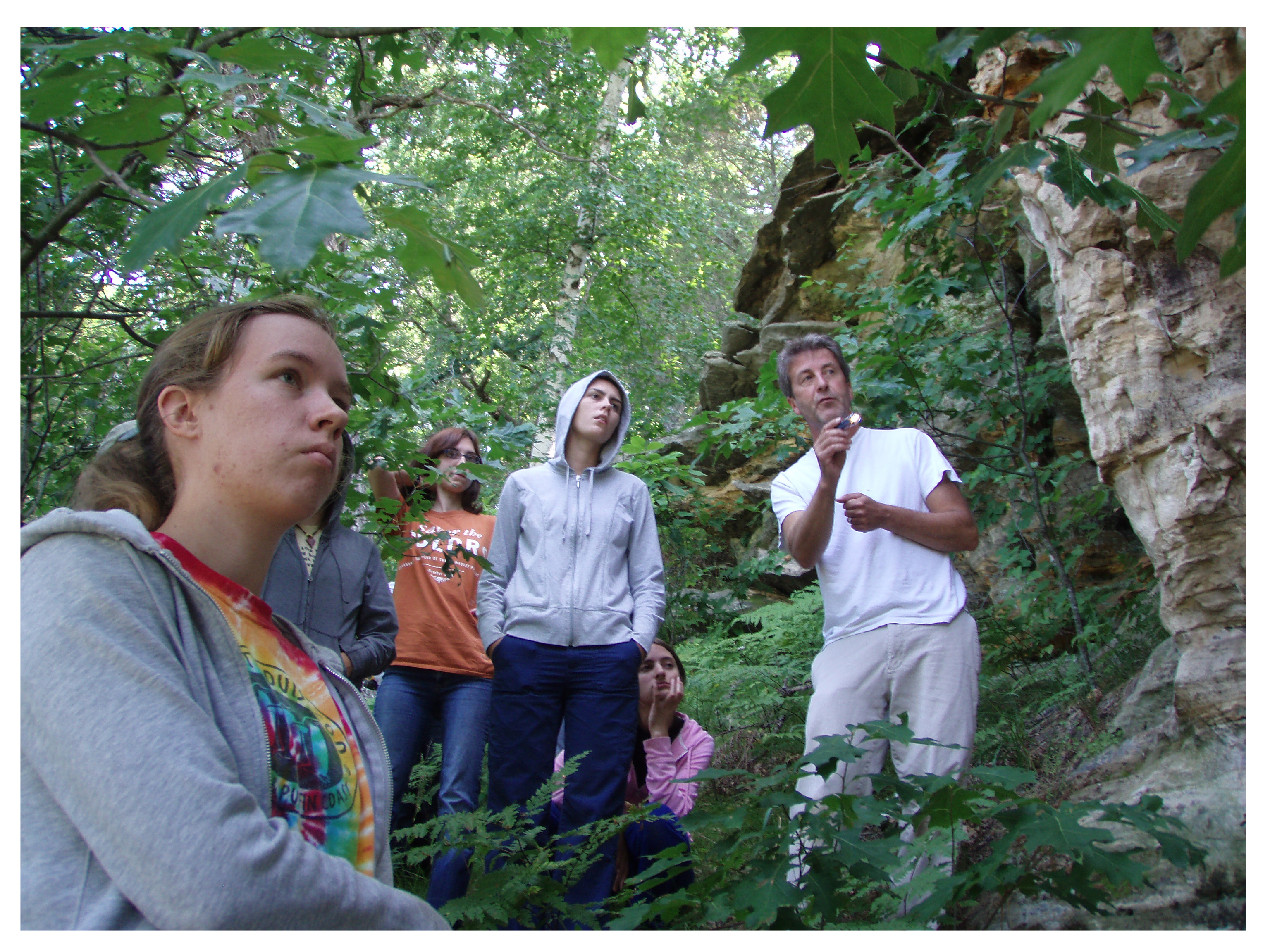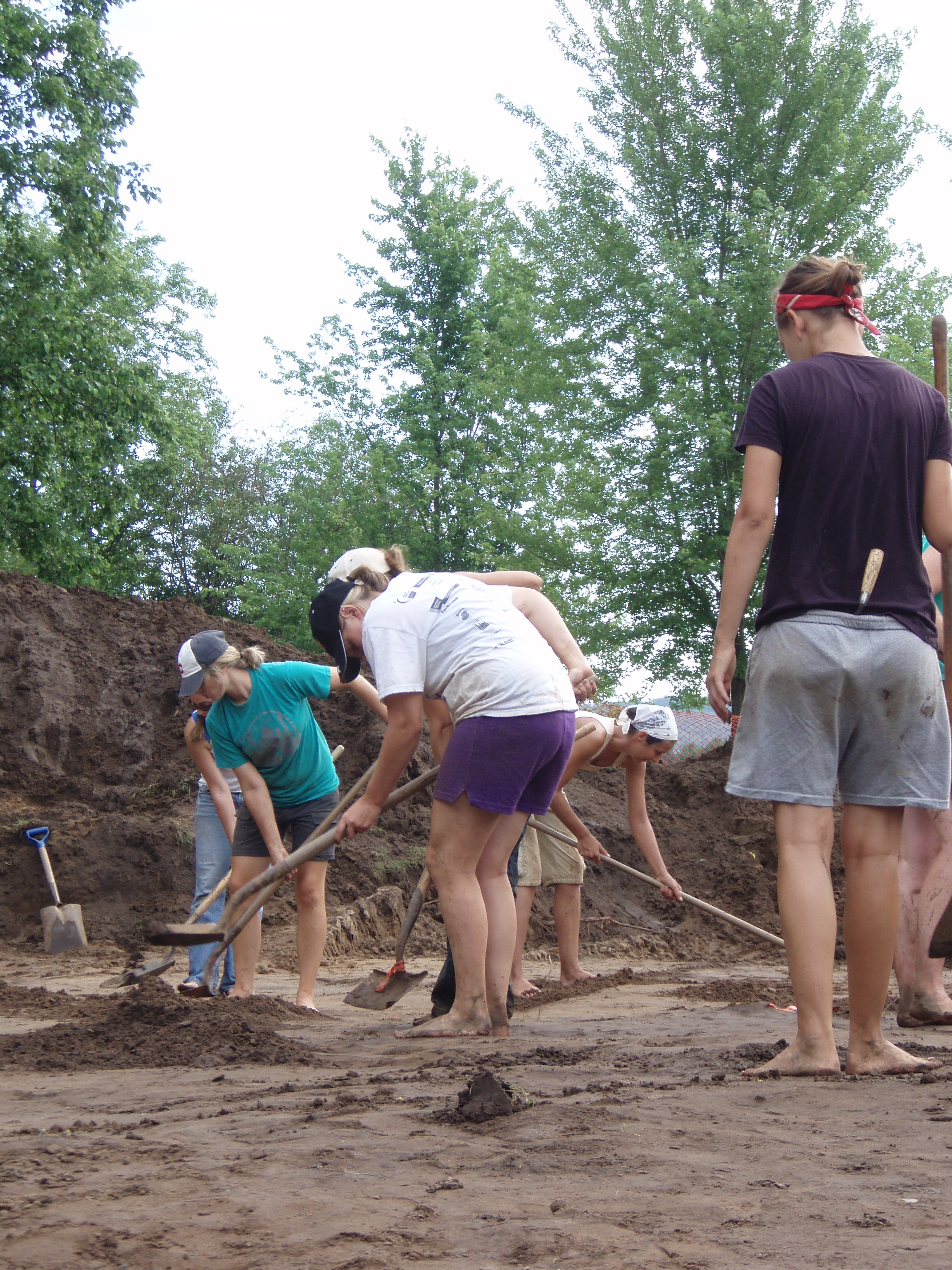 Certain encounters of unlike people have the potential to differentially transform local populations and to shape the historical contours of entire sub-continental areas. In the ancient upper Mississippi valley around the year 1050 CE, southern intruders established one or more unusual sort of mission or colonial outpost in western Wisconsin. Who were they? What had they come to do? And what were the effects, intended or not? The Mississippian Initiative was established to answer these questions.
Certain encounters of unlike people have the potential to differentially transform local populations and to shape the historical contours of entire sub-continental areas. In the ancient upper Mississippi valley around the year 1050 CE, southern intruders established one or more unusual sort of mission or colonial outpost in western Wisconsin. Who were they? What had they come to do? And what were the effects, intended or not? The Mississippian Initiative was established to answer these questions.
 Initially, Timothy Pauketat, Robert Boszhardt, and Danielle Benden suspected that Cahokians may have intended to contact the Terminal Late Woodland “Effigy Mound” building peoples of the region, for unknown purposes. The National Science Foundation funded our proposal and we coordinated our effort with the Ho-Chunk Nation, the University of Wisconsin (Baraboo and Madison), University of Illinois (Urbana), and American Indian Studies at the University of Wisconsin-Madison. With the specific input of Chloris Lowe, Jr. and Chloris Lowe, Sr., and after a year of excavations and geophysical surveys at the Fisher site, near Stoddard (2009) and two years of work at Trempealeau, north of LaCrosse (2010-2011), the picture changed. Without a doubt, the two site complexes had been occupied, probably intermittently, by Cahokians from their homeland 900 river-kilometers to the south (!). But their purposes and effects were not those that we had fully anticipated. The Cahokian occupation of the north, around 1050 CE, was not about colonizing people but occupying a landscape, the Driftless Area, or, rather, communing with the mysterious cosmic forces of that landscape.
Initially, Timothy Pauketat, Robert Boszhardt, and Danielle Benden suspected that Cahokians may have intended to contact the Terminal Late Woodland “Effigy Mound” building peoples of the region, for unknown purposes. The National Science Foundation funded our proposal and we coordinated our effort with the Ho-Chunk Nation, the University of Wisconsin (Baraboo and Madison), University of Illinois (Urbana), and American Indian Studies at the University of Wisconsin-Madison. With the specific input of Chloris Lowe, Jr. and Chloris Lowe, Sr., and after a year of excavations and geophysical surveys at the Fisher site, near Stoddard (2009) and two years of work at Trempealeau, north of LaCrosse (2010-2011), the picture changed. Without a doubt, the two site complexes had been occupied, probably intermittently, by Cahokians from their homeland 900 river-kilometers to the south (!). But their purposes and effects were not those that we had fully anticipated. The Cahokian occupation of the north, around 1050 CE, was not about colonizing people but occupying a landscape, the Driftless Area, or, rather, communing with the mysterious cosmic forces of that landscape.
 Our excavations saw us work along the Mississippi River on lands managed by the U.S. Army Corps of Engineers and the cities of Stoddard and Trempealeau, Wisconsin. At both locations, we emplaced small excavation blocks that enabled us to identify Cahokian wall-trench buildings in association with Cahokian possessions, pots, cherts, and other articles transported from the American Bottom far to the south. Compared to domestic habitations around Cahokia, however, the Wisconsin material assemblages included more special-purpose or religious items. Moreover, at Trempealeau, the buildings surrounded two temple mound complexes. The most impressive sat atop the 30-meter high “Little Bluff” overlooking the rest of the site. Built in one fell swoop, it betrayed evidence of its Cahokian builders and their sacred shrines and, as we have seen at Emerald, it was constructed to align to the moon.
Our excavations saw us work along the Mississippi River on lands managed by the U.S. Army Corps of Engineers and the cities of Stoddard and Trempealeau, Wisconsin. At both locations, we emplaced small excavation blocks that enabled us to identify Cahokian wall-trench buildings in association with Cahokian possessions, pots, cherts, and other articles transported from the American Bottom far to the south. Compared to domestic habitations around Cahokia, however, the Wisconsin material assemblages included more special-purpose or religious items. Moreover, at Trempealeau, the buildings surrounded two temple mound complexes. The most impressive sat atop the 30-meter high “Little Bluff” overlooking the rest of the site. Built in one fell swoop, it betrayed evidence of its Cahokian builders and their sacred shrines and, as we have seen at Emerald, it was constructed to align to the moon.
Pauketat, T., Boszhardt, R., Benden, D. (2015) "Trempealeau Entanglements: An Ancient Colony's Causes and Effects" American Antiquity 80(2):260-289





